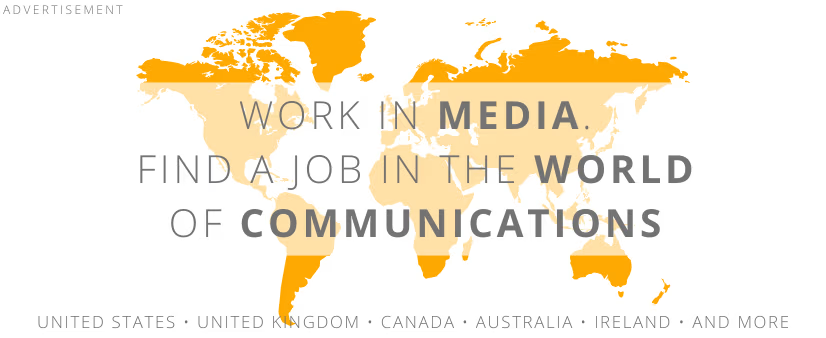 illustration: Bing AI
illustration: Bing AIIn the 19th century, newspapers like The Times and The New York Times adopted Title Case as the standard for their headlines. Using capital letters suggested formality and professionalism. Publishers noted that this style attracted readers on the busy streets of London and New York. Title Case gained further traction through style guides, such as the first edition of the Chicago Manual of Style in 1906, which solidified capitalization rules for headlines and promoted them as an editorial standard.
- In the 18th century, Title Case appeared in over 80% of newspaper headlines.
- By the 19th century, its usage in the press increased to nearly 95%.
Why Did Media Move Away from Title Case?
Although Title Case dominated newspapers and books for over two centuries, the 1990s saw a shift with the rise of the internet. Modern digital platforms and blogs began to abandon the formal style. The introduction of sentence case, where only the first word and proper nouns are capitalized, reflected changing audience preferences.
British media outlets like The Guardian were among the first to drop Title Case. Since 2005, all titles on their website have been written in sentence case. Editors observed that a less formal style resonated better with contemporary readers, who preferred quick and accessible reading experiences.
Changes in British and American Media:
- British media: “The Guardian” and “The Times” adopted sentence case to align with digital trends.
- American media: While “The New York Times” remained loyal to Title Case, online platforms like BuzzFeed shifted to sentence case, giving their titles a more casual tone.
| Year | Media Using Title Case | Media Using Sentence Case |
|---|---|---|
| 1980 | 95% | 5% |
| 2000 | 70% | 30% |
| 2020 | 40% | 60% |
How Have Changing Standards Affected Headline Perception?
Moving away from Title Case is not just a visual change but also a shift in how titles are perceived. Psychologists argue that sentence case facilitates faster reading, which matters when readers spend an average of only 8 seconds scanning a headline. On the other hand, Title Case requires more cognitive effort since each word begins with a capital letter, potentially slowing information processing.
A 2020 survey by the British Media Institute revealed:
- 65% of respondents found sentence case more approachable for online headlines.
- 52% of readers aged 18–34 preferred less formal titles on blogs and news websites.
An example is BuzzFeed, which has used sentence case for article headlines since 2010. Titles like “10 ways to make your day better” resonate more with younger audiences than the traditional “10 Ways to Make Your Day Better.”
Is This the End of Title Case?
Despite the trend of moving away from Title Case, some publications still use it to maintain prestige. For instance, The New York Times continues to use this style in its print headlines. Traditional Title Case headlines reflect the paper’s heritage and reinforce its credibility.
However, even these more conservative outlets are adapting to modern standards in the digital space. On “The New York Times” website, sentence case headlines are becoming increasingly common, signaling that change is inevitable.
Sources:
- "Chicago Manual of Style," University of Chicago Press, 1906.
- "Associated Press Stylebook," AP, 1953.
- "The Evolution of Headlines in Digital Media," British Media Institute, 2020.
- "Psychology of Readability: How Formatting Affects Attention," Journal of Cognitive Studies, 2019.
COMMERCIAL BREAK
New articles in section History of the media
The History of The New York Times. All the news that's fit to print
Małgorzata Dwornik
In the heart of 19th-century New York, when news from across the world traveled via telegraph and the newspaper was the voice of public opinion, two ambitious journalists created a modest four-page daily that would eventually become a legend.
FORTUNE. The story of the most exclusive business magazine
Małgorzata Dwornik
Half of the pages in the pilot issue were left blank. Only one printing house in the country could meet the magazine’s quality standards. They coined the terms "business sociology" and "hedge fund". They created the world’s most prestigious company ranking. This is the story of Fortune.
History of Le Soir. A Belgian daily once free for ground floor readers
Małgorzata Dwornik
It started with an unusual sales policy and articles written personally by the king. This is where the comic hero Tintin made his name. The "fake edition" from the II World War went down in history. "Le Soir" more than once found itself targeted by authorities, censors, and even... terrorists and hackers.
See articles on a similar topic:
History of The Honolulu Advertiser. From missionaries to a merger with rival
Małgorzata Dwornik
It was created to outdo unreliable competition. Early world news arrived via boat. It didn’t hire Mark Twain, but Jack London wrote for it. The story of Hawaii’s oldest newspaper spans 154 years of ups, downs, and radical changes in direction. In 2010, to survive a losing war of attrition with its biggest rival, it had to merge with it.
The Fourth Estate in America: Pioneers of Free Speech - the Press
Urszula Sienkiewicz
In 1990, the press in the United States celebrated its 300th anniversary. Despite an unsuccessful attempt to influence colonial authorities in 1690 and the immediate shutdown of the journal "The Publick Occurrences: Both Foreign and Domestick," American advocates for free speech continued to seek ways to criticize British rule.
Christiane Amanpour. A Fighter for Freedom of Speech at CNN
Małgorzata Dwornik
Her reports from war fronts and social documentaries brought her recognition. Her uncompromising interviews with the most influential figures in global politics earned her fame and respect. Christiane Amanpour is a living legend of the media and an advocate for women's, children's, and minority rights.
History of Public Relations. From Ancient Times to a Field of Study
Małgorzata Dwornik
Public Relations - two words we come across several times daily. We hear them on TV and radio, and read them in newspapers. PR - two letters that can sometimes cause quite a stir.





























